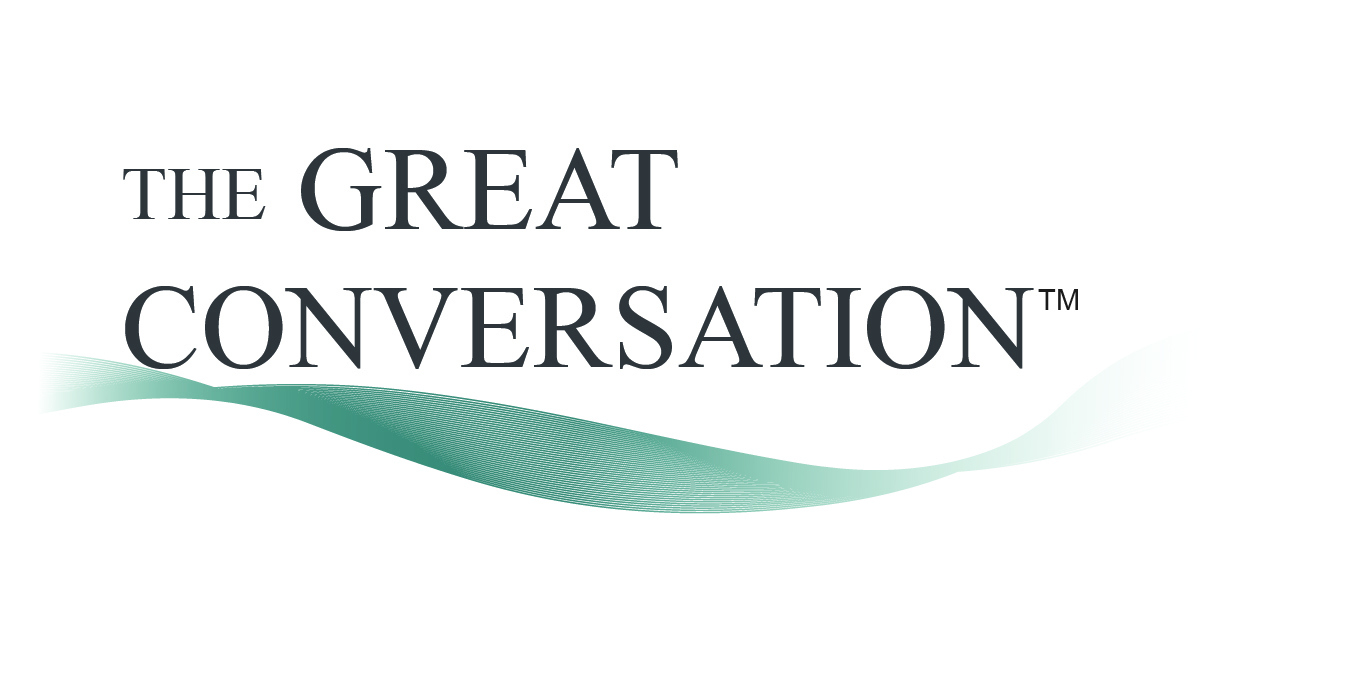Imagine being tasked to develop a first class talent and organizational management platform for one of the most respected companies in the Fortune 100. A company with a vision, mission, values, and goals that is highly respected in the industry, with a CEO who looked to his leaders to articulate those things in a very specific way.
And now you have been with this company for 20 years. You have worked for 4 different CEOs and 5 different Human Resources executives. Everything has changed and nothing has changed. You still have a rapidly growing need for the best people, in the right seats, doing the right things.
It took a very special person to take on this challenge. One that had an academic background in Organizational Psychology, a consulting background in strategic change management, and a practical background as a global corporate executive.
The man is Allan Church, Ph.D. who is currently the Founder and Managing Partner of Maestro Consulting. I sat down with him and had a great conversation about the nature of leadership, talent management, and organizational change.
I was able to hear about the Great5, a program that was in response to his CEOs admonition that people remembered compelling slogans. It stood for the core dimensions used throughout all the work the company does when assessing and developing future leaders. The dimensions are imbedded in the Great5 competency framework articulating the top five competencies needed to go from being a good leader to a great leader. They are:
Growth reflects a person's curiosity and ability to learn from novel situations by constantly pushing outside their comfort zone and helping others to learn and develop.
Relationships involves building and maintaining trusting relationships across organizational boundaries by modeling integrity, transparency, and authenticity and being respectful and inclusive of others.
Execution is the energy, enthusiasm, and inspiration an individual brings to motivate others to action and to accomplish ambitious goals, and it is simplifying complexity to drive quality results.
Agility involves adapting a person's style and approach to an ever-changing business environment, managing pressure, and embracing and championing change to drive transformation.
Thinking reflects how an employee brings in and uses external insights (business, customer or consumer, industry, global), thinks creatively, and takes a long-term and holistic perspective to make informed decisions.
And this was just one of the many innovations Allan was able to cultivate and lead.
We also had a great conversation around the measures that matter to the CEO and the executive team. One of the most compelling examples of this, is the incredible journeys of the leaders that went through the program resulting in 16 former executives becoming Fortune 500 CEOs.
The following links, provided by Allan, will provide you a wealth of information for you to peruse after listening to our conversation. This is an important one. Now more than ever we need a process by which we can identify and then cultivate great leaders who will take our organizations to the next level.
PepsiCo's Formula for Leadership Potential | ATD
How To Identify and Assess Leadership Potential on Your Team (trainingindustry.com)
The High Potential's Advantage: Get Noticed, Impress Your Bosses, and Become a Top Leader https://a.co/d/3OeLJKZ
Handbook of Strategic 360 Feedback https://a.co/d/22FBkGC


